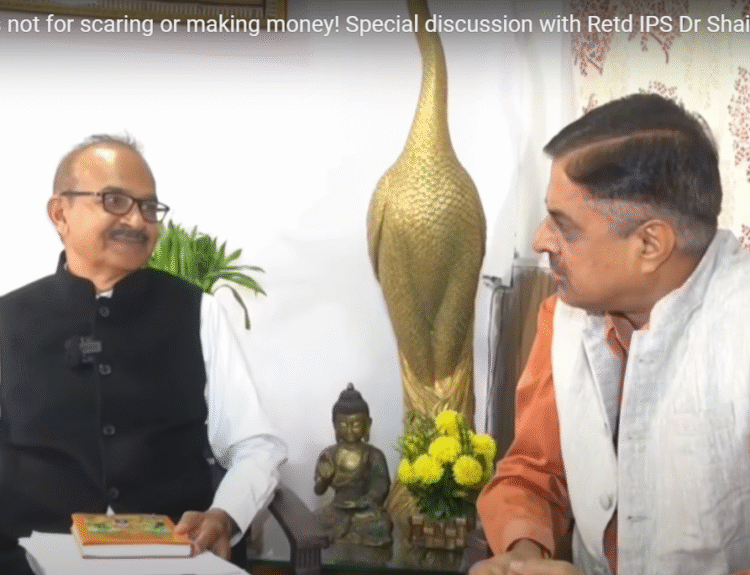The Sun, a celestial body revered universally, holds profound mythological and astrological significance. Its influence is woven into the cultural and spiritual fabric of numerous civilizations, including Roman, Indian, Finnish, Greek, Chinese, Japanese, and Islamic traditions. In Vedic astrology, the Sun’s placement in the natal chart is pivotal, influencing individual destinies and societal dynamics. This article explores the diverse mythological narratives and astrological interpretations associated with the Sun.
The Sun in Roman, Finnish, Greek, Chinese, Japanese, and Islamic Traditions
Roman Mythology
In Roman mythology, the Sun was personified as Sol, often depicted as a deity riding a chariot across the sky. Sol symbolized vitality, divine illumination, and the sustaining force of life. Festivals like Sol Invictus were celebrated to honor the Sun’s central role in ensuring prosperity and continuity.
Finnish Mythology
In Finnish lore, the Sun, known as Päivätär, is venerated as a goddess associated with light, warmth, and fertility. Although not as deeply embedded in Finnish rituals as in other traditions, celestial phenomena, including solar movements, hold symbolic importance.
Greek Mythology
In Greek mythology, the Sun was personified as Helios, depicted as a deity steering his golden chariot across the sky. Helios symbolized illumination, truth, and enlightenment, reflecting the Sun’s role as the ultimate source of clarity and life.
Chinese Astrology
In Chinese astrology, the Sun embodies the Yang principle, representing vigor, authority, and prosperity. The Sun’s movements are intricately linked with the Chinese zodiac and the Five Elements, shaping personality traits and destiny.
Japanese Mythology
In Japanese mythology, Amaterasu, the Sun goddess, is a central figure. She symbolizes benevolence, harmony, and divine radiance and is considered the ancestor of the Imperial family. Her mythological role underscores the Sun’s importance as the source of light and life.
Islamic Astrology
In Islamic traditions, astrology, or ‘ilm al-nujūm, explores celestial movements to gain spiritual guidance. While interpretations differ across communities, the Sun’s position and movements are studied to understand their influence on individual destinies and divine will.
The Sun in Vedic Astrology and Mythology
In Vedic traditions, the Sun, or Surya, is worshiped as the life-giver, radiating energy and vitality. Depicted riding a chariot drawn by seven horses—symbolizing the spectrum of colors—the Sun represents the Atman (soul), authority, and leadership.
Mythological Anecdotes
A popular Vedic tale recounts Lord Hanuman mistaking the Sun for a fruit, highlighting Surya’s immense brilliance. Another story in the Ramayana illustrates Sage Agastya advising Lord Rama to worship the Sun through the Aditya Hridaya Stotra, empowering him to defeat Ravana.
Astrological Significance
The Sun’s placement in different houses of the natal chart determines key personality traits, career prospects, and relationships. For instance:
- Exaltation: The Sun is exalted in Aries, enhancing leadership, confidence, and dynamism.
- Debilitation: In Libra, the Sun’s influence wanes, encouraging diplomatic growth and self-reflection.
The Sun’s drishtis (aspects) on the 7th and 4th houses further refine its impact, shaping partnerships, emotional stability, and domestic harmony.
The Sun’s Celestial Journey
The Sun’s path across the Kranti Vrit (ecliptic) marks significant events in Vedic astrology, including the equinoxes and solstices:
- Vernal Equinox (Basant): Heralds spring, symbolizing vitality and renewal.
- Summer Solstice (Dakshinayan): Marks the Sun’s southern journey, associated with shorter days and introspection.
- Winter Solstice (Uttarayan): Signifies longer days and growth, symbolizing enlightenment.
These celestial milestones influence agricultural cycles, festivals, and spiritual practices in Vedic culture.
Conjunctions and Aspects of the Sun
The Sun’s conjunctions with other planets create unique astrological impacts:
- Sun-Moon Conjunction: Harmonizes conscious and subconscious energies, fostering creativity and emotional balance.
- Sun-Mercury Conjunction: Enhances communication and intellect, aiding careers in writing or teaching.
- Sun-Venus Conjunction: Boosts charm, artistic talents, and harmonious relationships.
- Sun-Mars Conjunction: Amplifies ambition and leadership, though it may increase impulsiveness.
Planets in conjunction with the Sun may become combust, diminishing their influence but adding nuanced interpretations to the natal chart.
The Sun’s Influence: From Natal Charts to Worship
Across cultures, the Sun has been venerated as a source of vitality and cosmic order. In Vedic astrology, it remains a guiding force, influencing karmic patterns and illuminating life’s journey. Whether through mythological worship or astrological analysis, the Sun continues to inspire and guide humanity, connecting us to the rhythms of the universe.
References
Japanese mythology: The Kojiki (Records of Ancient Matters)
Roman mythology: Encyclopaedia Britannica
Vedic astrology: Brihat Parasara Hora Shastra, Parasara
Chinese astrology: The Complete Book of Chinese Horoscopes by Lori Reid







Nice article. More photos relating to the subject should be posted.
I think this is absolutely right. More pictures should be added relating to the subects.